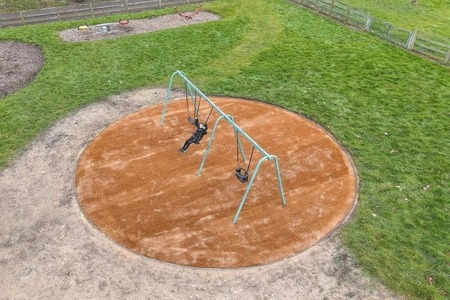
Indian cotton brand currently under way
YarnsandFibers News Bureau 2017-09-28 09:00:00 – New DelhiThe government of India is considering branding of the locally produced fibre to fetch premium prices from overseas importers. The guidelines for the ‘Indian cotton’ brand are currently under way and they will see ‘Indian cotton’ soon on the lines of Egyptian and US cotton.
Indian cotton having better quality and a huge potential for fetching a higher price due to lack of a branding initiative has yielded lower income for Indian farmers and traders. Hence the government is in the process of revising the Technology Mission on Cotton (TMC) to accommodate branding of cotton and also contract farming of the natural fibre.
Ujwal Lahoti, chairman, The Cotton Textiles Export Promotion Council (Texprocil) said that Textiles Commissioner Kavita Gupta who is heading the entire process has held several rounds of meetings with various stakeholders of the industry, including traders, ginners, textile mills and garment manufacturers, to draft guidelines for revising the TMC.
The revised TMC will allow exporters to improve the quality of Indian cotton, with less contamination, trash and staple length in the raw fibre, almost similar to Egyptian and US cotton currently available. Apart from that, the TMC will also accommodate ‘contract farming’ in cotton for commercial purposes.
Introduced in 2000, the TMC was aimed at improving the yield and quality of cotton through the use of improved seeds and integrated water, nutrient and pest management technologies. The existing TMC, however, has missing pieces such as enabling provisions for ‘contract farming’ and branding which, experts feel, are needed for better realisation in export markets.
Many corporates are interested in cotton contract farming. But, they are waiting for enabling regulations. The revised TMC is expected to allow large corporates to invest in cotton contract farming with twin benefits: assured raw material supply and consistent income for farmers.
Lahoti said that Vardhman Textiles has made a beginning with contract farming and has been growing cotton for captive consumption in some areas in Rajasthan.
Under contract farming, seeds and fertilisers are normally supplied by the corporate concerned. Along with assured supply of raw materials, corporates also provide advisory services and required markets for selling the produce. Farmers, meanwhile, have to dedicate their land and labour to receive an assured annual income from their produce. The ownership of land, however, remains with farmers.
Meanwhile, the textile industry in India has seen a sharp change in duty structure since the implementation of the goods and services tax (GST) on July 1. In contrast to the pre-GST era when companies had the option to choose drawback rates either under a Cenvat or a Non-Cenvat scenario, in the GST regime only one drawback rate is applicable as companies will now claim input tax credit. For instance, cotton bed linen earlier attracted a drawback rate of 2 percent if Cenvat was availed and 7.5 percent if Cenvat was not availed. Now, only one drawback rate of 2 percent is applicable. Therefore, companies will claim the input tax credit paid and receive the drawback.
Market Intelligence
Ask for free sample Report

experience
Customer Base
dedicated team
Countries Served Worldwide









